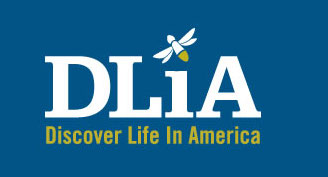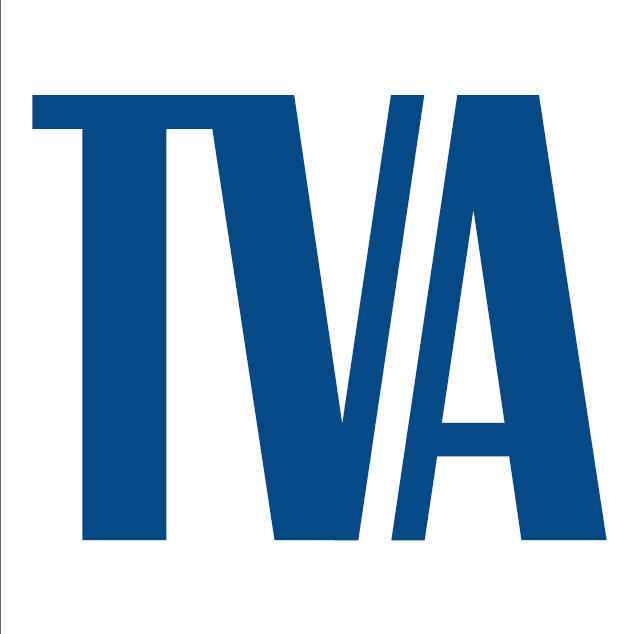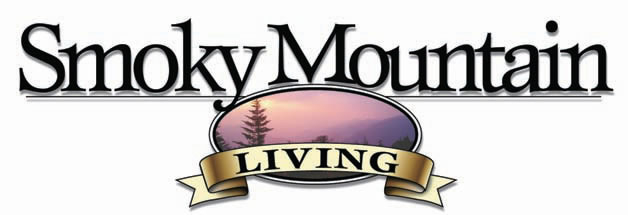The citizens who volunteer to help the Park gather and catalogue information
are advancing science in the Smokies.
BY DORIS GOVE
After arriving in Great Smoky Mountains National Park (GSMNP) in summer of 2004, Superintendent Dale Ditmanson says that one of the first things he noticed was how much people in this region love their Park and are committed to conserving and studying it.
A growing number of people are demonstrating their affection for the Park by volunteering as citizen scientists, and Park programs recruit and train volunteers to provide significant help to Park and university scientists. Elementary, high school, and college students gather data and cover more area in the Park than scientists have time to visit. Careful supervision and programming ensure that the data these citizen scientists collect is accurate and valuable.
VALUABLE DATA COLLECTION
“Our educational programs had always been experiential, but our citizen science program goes beyond that by having an outcome in terms of real data collection,” says Michelle Prysby, citizen science director for Great Smoky Mountains Institute at Tremont. The programs also educate the public about the value of GSMNP resources and increase public understanding and appreciation for the Park.
“We involve people of all ages in citizen science projects,” says Prysby. “Students with school groups help with projects that tie into their lessons. For example, a lesson on stream ecology might include some data collection for our salamander project, or a ‘Little Creatures’ lesson might include identifying moths for our moth inventory and monitoring study.”
Groups of student volunteers adopt streams and monitor them year-round for salamander populations. High School Field Ecology Adventure Camps impart lessons on the Smokies’ natural environment and the methods scientists use to collect specimens and study the Park’s plants, animals, and geology. And this past year, the Fall Naturalist Programs helped the All-Taxa Biodiversity Inventory (ATBI) project by collecting and identifying fungi in the Tremont area. (See “Tabulating Life” on page 14 for information on the ATBI project.)
BIRDS AND HELLBENDERS
Park educational projects also include MAPS (Monitoring Avian Productivity and Survivorship), a national program launched by the Institute for Bird Populations in 1989 to assess and monitor the vital rates and population dynamics of over 120 species of North American land birds. At two stations in the Park, researchers, students, and volunteers capture birds in mist nets and collect data on them.
Prysby insists that the Park staff enjoys the synergy that results when visiting scientists use students to help them with their work. Last summer, for instance, the Park hosted a research team from Lee University that studies Eastern Hellbenders, the largest salamander species in North America . Ultimately, the Lee University researchers worked closely with students attending summer camp in the Park.
GARDENS AS MONITORING SITES
The Appalachian Highlands Science Learning Center at Purchase Knob coordinates similar citizen science programs with its education mission. Susan Sachs, education coordinator for the center, has planted an ozone-monitoring garden with Cut-leaf Coneflower (Rudbeckia laciniata), Crownbeard (Verbesina occidentalis), and Tall Milkweed (Asclepias exaltata).
Damage to the leaves of these plants can be correlated with ozone concentrations monitored in the Park. Sachs trains teachers and students to identify and record the leaf damage and then sends the kids back to their school gardens with cuttings from the plants.
“Right now there are 36 schools throughout Tennessee and North Carolina that are growing ozonemonitoring gardens on their school grounds,” says Sachs.
Data from the school gardens and from the Purchase Knob site are collected on an ozone Web site http://www.handsontheland.org/monitoring/projects/ ozone/ozone_bio_search.cfm so the students can see the results and use them in class projects. Another garden at the Cradle of Forestry in the Pisgah National Forest http://www.cradleofforestry/cradle_of_forestry /educators_students.asp adds further comparisons. Results so far show that ozone damage occurs mostly at the higher elevations such as Purchase Knob (5,000 feet) and Cradle of Forestry (3,500 feet). In another project taking place in the laboratory building at Purchase Knob, students sort fruit flies, beetles, wasps, moths, and butterflies. These specimens are separated into biological orders and sent to the ATBI scientists studying each group.
LICHENS, SNAILS, SPIDERS
Other students collect data on the area of lichen coverage on trees at the Purchase Knob site. This is a long-term monitoring project, and students can compare their observations with those logged by earlier student groups and try to detect trends or changes. As part of other special projects adopted by area schools, Waynesville Middle School students collect and identify snails while monitoring soil health, Tuscola High School students monitor water quality and salamander populations, and Cherokee High School classes assist with a spider inventory (to date, the students have collected 18 species of spiders that are new site records).
The Asheville Mushroom Club, with the help of mycologists from Appalachian State University and Eastern Illinois University , conducts regular fungi monitoring around Purchase Knob. The club works with 52 easily recognizable species, from Jack-o-Lantern to Destroying Angel, and is preparing a booklet with identification and mapping. Meanwhile, adult and family volunteers work directly with ATBI by sorting collections, adopting collection plots, participating in the ATBI blitzes and quests, providing housing or office help, raising funds, and promoting the project. Discover Life in America , the nonprofit organization that manages the ATBI project, conducts several training programs every year so that more people will get involved and collect useful scientific data. For more information, visit Great Smoky Mountains Web site http://www.nps.gov/grsm/gsmsite/home/.

























